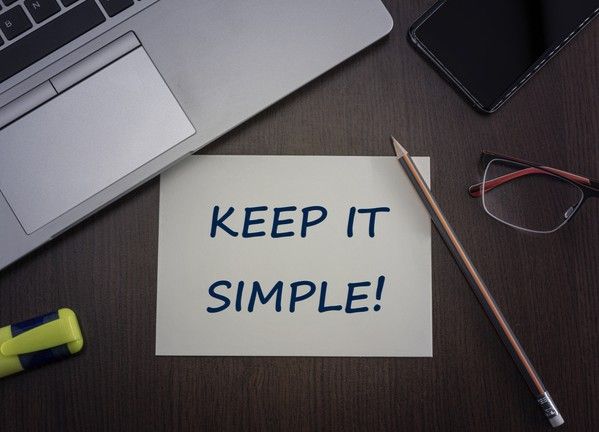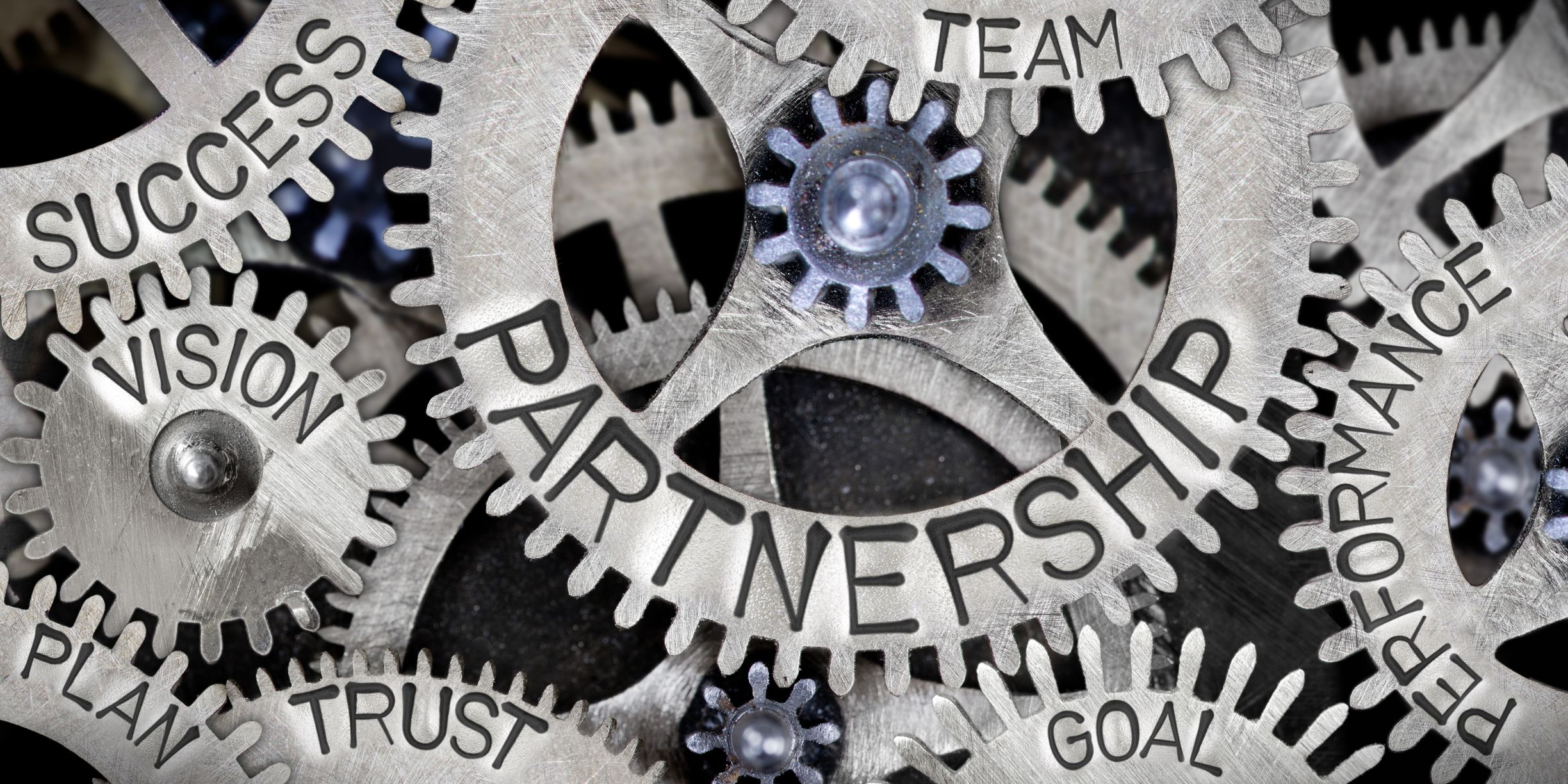What to look for in a tool calibration system provider
Choosing the right provider is as much about finding the right partner as the technology.
What to look for in choosing a tool calibration system
When it comes to tool calibration, accuracy is key. Whether you're in manufacturing, engineering, or quality assurance, the tools you rely on need to be consistently calibrated to avoid errors, downtime, and compliance issues.
But choosing the right calibration system provider can be tricky. It’s not just about features, it’s about finding a solution and a partner that fits how your team works and grows with your needs. Here’s what to look for when evaluating your options.
1. Flexibility in calibration policies
Every organisation has its own standards and workflows. A good calibration system should let you define tool-specific policies that reflect your internal requirements that can change with you, not force you into rigid templates.
KIT, for example, allows users to configure calibration policies per tool, helping teams eliminate ambiguity and ensure every check is done right. This flexibility is especially useful in environments with mixed toolsets or varying compliance needs.
2. Clear audit trails and compliance support
Traceability is key. Look for systems that automatically log calibration events, flag overdue checks, and generate certificates. This makes it easier to stay compliant with standards like ISO 9001 or ISO 45001, and to prove it during audits.
KIT’s clickable calibration histories and automated certificate generation help teams maintain a clear record without the paper chase.

3. Ease of use for technicians and admins
If the system isn’t intuitive, it won’t get used properly. Choose a provider that prioritises user experience with clean interfaces, mobile access, and workflows that make sense for both technicians and managers.
One KIT customer in the aerospace sector shared this:
“KIT gives us complete control over our tool calibration. It’s so simple to use, yet audit-proof, scalable, and built for the complexity of aerospace. "
4. Data centralisation and integration
Tool calibration doesn’t happen in isolation. Your system should align or integrate with asset management, audit, reporting and ERP/procurement platforms to reduce manual data entry and keep everything in sync where relevant.
One-stop solutions like KIT create a place for everything and everything in one place, giving you confidence that your tool data needs are covered.
5. Scalability and support
Think beyond today. Can the system grow with your team? Does the provider offer onboarding help, responsive support, and regular updates? These are crucial when rolling out across multiple sites or departments.
6. Data visibility and reporting
You should be able to see what’s calibrated, what’s due, and what’s out of spec without digging through spreadsheets. Dashboards, alerts, and exportable reports should give you the answers you need to help you stay proactive.
7. Offline and remote capabilities
If your tools are used in the field or in areas with limited connectivity, offline functionality is a must. The system should sync seamlessly when back online, without risking data loss. Equally, if you are operating across a large site with multiple buildings or across multiple locations, the flexibility of being able to access and record data on the move is key.
But don’t just look at the software in isolation as this is more than just a procurement problem, look at the provider too.

Beyond the software: What makes a great calibration system partner
Choosing a calibration system is also about choosing the right people to work with. A true partner brings more than just technology. They bring insight, support, and a shared commitment to your success.
Here’s what to look for in the provider themselves:
1. Responsive, human support
AI agents and chatbots are great when you have a generic question or challenge, but when something goes wrong and you just need a quick answer, you don’t have time to be asking lots of questions of a chatbot and getting caught in a relentless loop. You need answers.
Ready access to a knowledgeable, responsive support team makes all the difference. Look for providers who treat support as a relationship, not a ticketing system and those who invest the time up front to helping your team onboard and embed the solution properly to minimise challenges later down the line.
2. Willingness to challenge and improve
A good partner doesn’t just say “yes”, they ask “why.” They will draw on their knowledge and experience of working with other customers with similar challenges and act as a critical friend, helping customers refine their processes, spot inefficiencies, and challenge assumptions when needed.
3. Industry understanding
Providers who understand your sector can offer more relevant advice and anticipate challenges. Specialist partners can be useful in regulated industries, though they can get stuck in the “we’ve always done it this way” loop.
Partners with a breadth of experience across multiple sectors can often be more open to other ideas, challenging the norm and help customers tailor pragmatic solutions that work in the real world.
It’s about working with people who get your challenges and can come up with simple solutions.
4. Commitment to continuous improvement
The best partners don’t stand still. They will invest in continual evolution of their platform based on customer feedback and emerging technology and industry trends, adding features that solve real problems and improve workflows.
5. Transparent communication
Whether it’s roadmap updates, pricing changes, or feature limitations, transparency builds trust. An open approach to communication helps customers plan confidently and avoid surprises.
Equally, if partners are constantly over-promising and under-delivering, or not being realistic and honest, then they are not a true partner.

Final thoughts
The right calibration system doesn’t just help you stay compliant, it helps you build trust in your tools, your team, and your data.
More importantly, the right system partner does more than offer responsive support. They are also willing to challenge assumptions, offer honest feedback, be honest about issues or concerns and provide alternatives to help you improve. They genuinely care and want to help you succeed and stay ahead of the curve…not just sell to you and move on.
At KIT, we don’t just offer software, we aim to be a true and trusted partner. We’re here to help you get it right, not just get it done.
Want to know if KIT could be the partner for you?
If you think KIT could be the right partner for your business, why not book a demo with us and have a chat about how it can work for you.